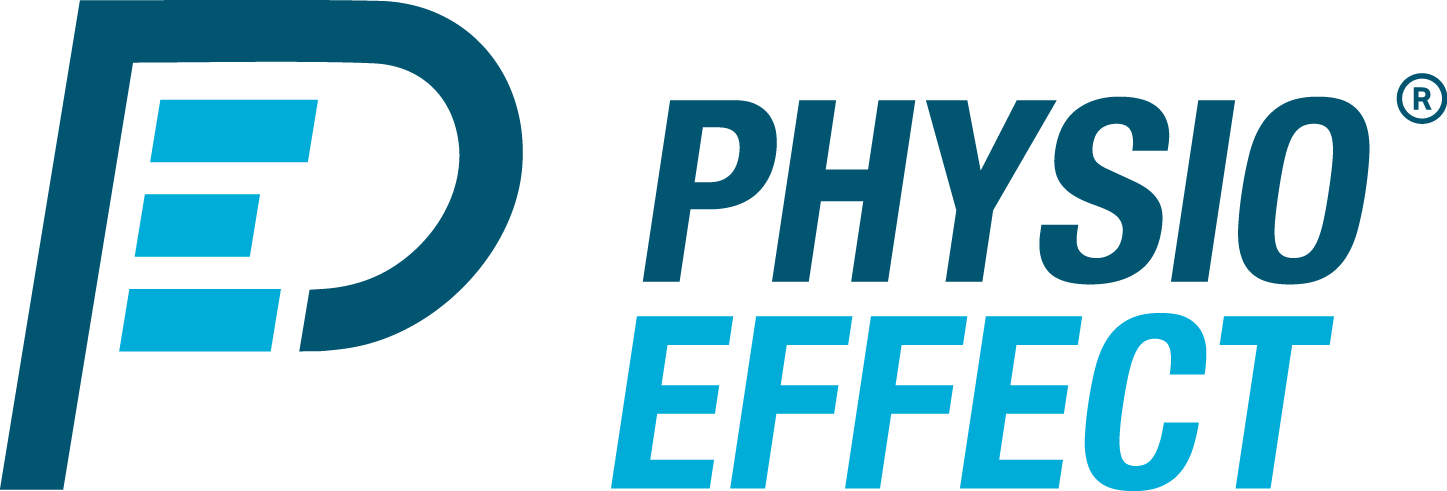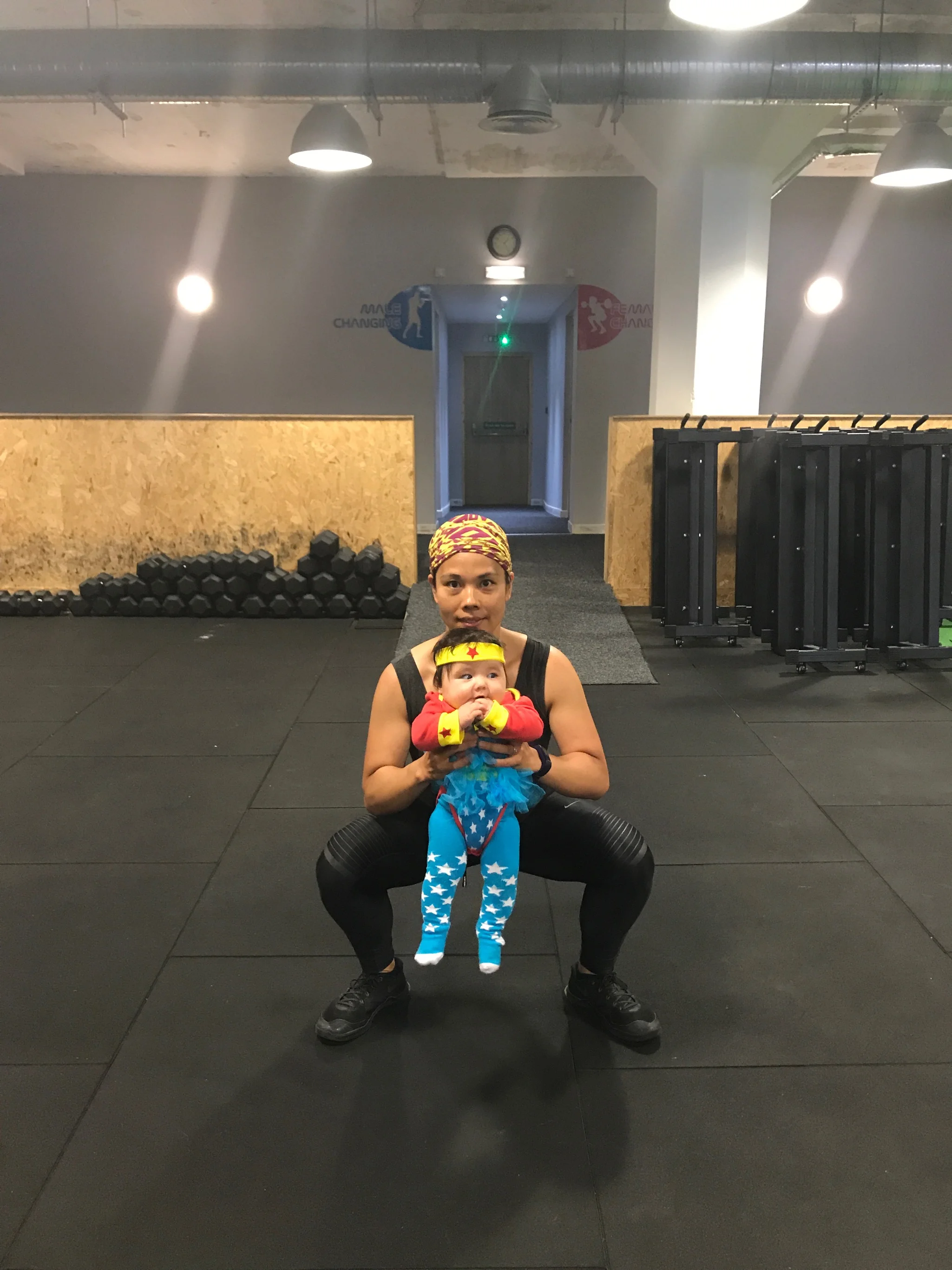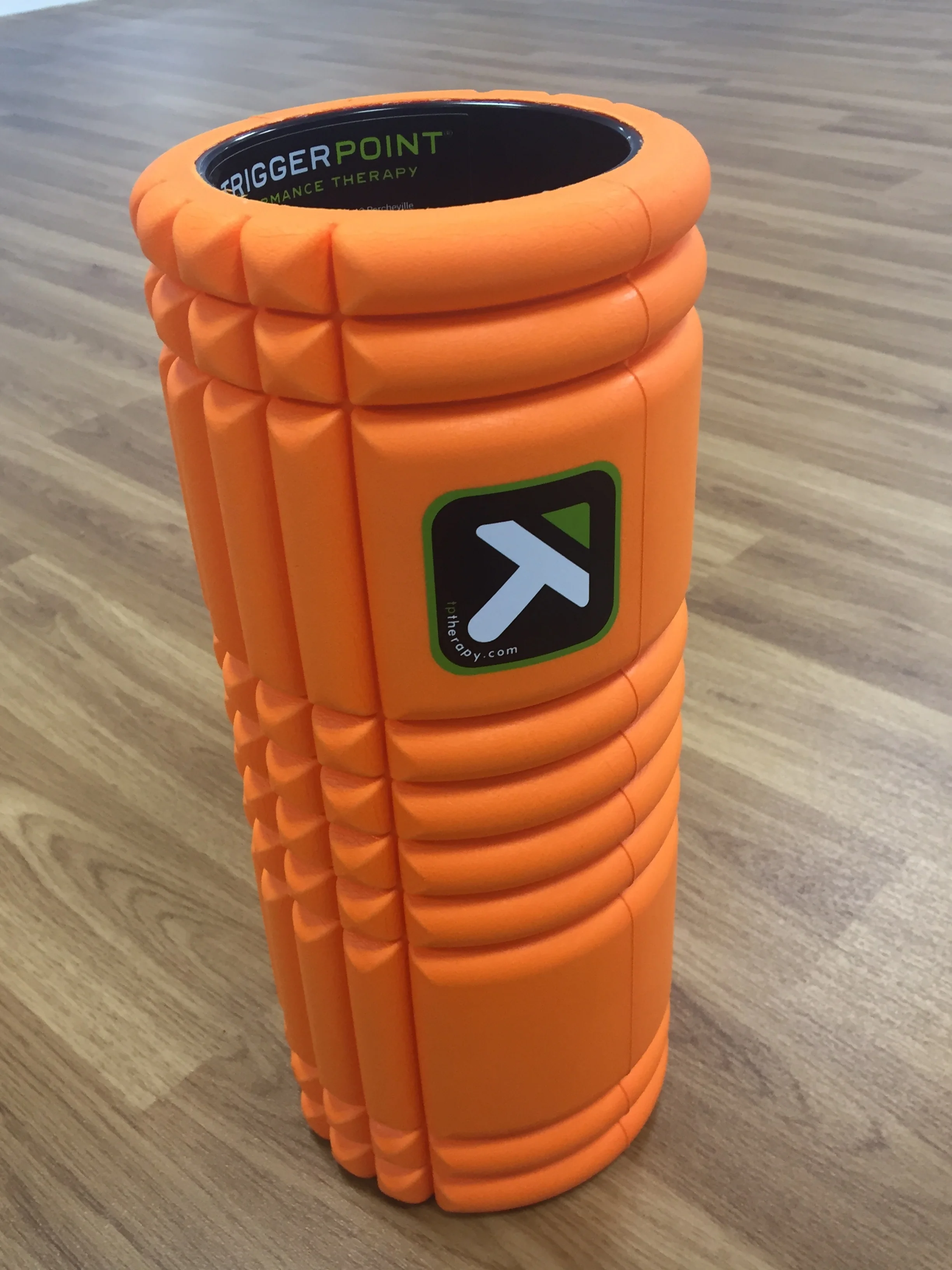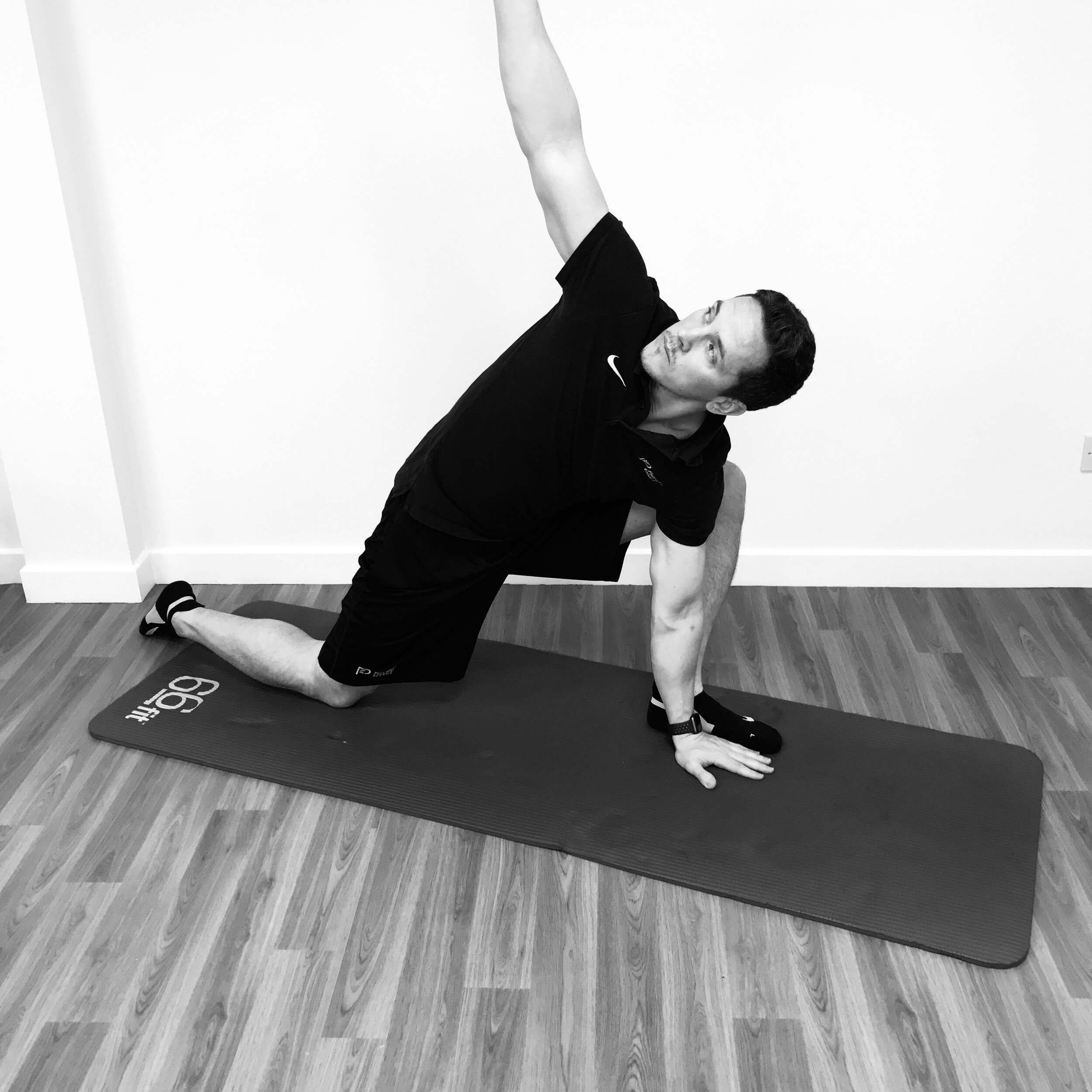This concludes our 3-part series following Mariam’s ankle rehab programme after a bad sprain two weeks before her first trail marathon and then her first trail ultra-marathon five weeks after that.
Phase 1 (first 2-3 days after injury):
Ice, Elevation, Compression
Crutches
Avoidance of non-steroidal anti-inflammatories (i.e. ibuprofen)
Phase 2:
Non-weight-bearing exercises
Training modification
Progression to weight-bearing and single leg exercises
Phase 3:
Training modification
Running technique modification
Progression to plyometrics and impact loading




















